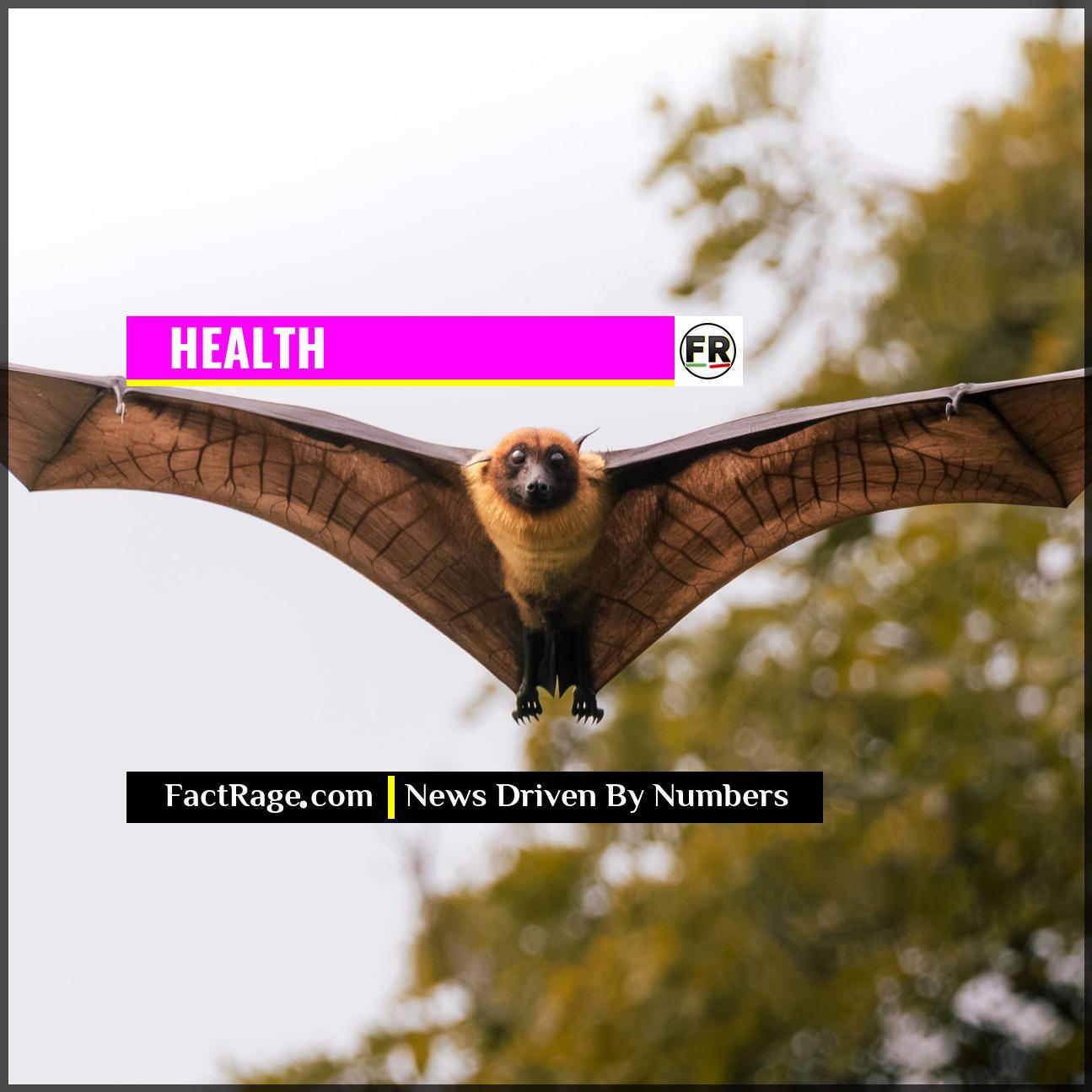FACTRAGE – A rare but severe virus known as Nipah is drawing global health attention due to its high mortality rate and recurring, localized outbreaks.
- Natural Origin – Nipah is a zoonotic virus, meaning it spreads from animals to people. Its natural reservoir is the fruit bat of the Pteropus genus.
- High Fatality Rate – According to the World Health Organization (WHO), the case fatality rate for Nipah virus is estimated to be between 40% and 75%.
- Limited Transmission – While deadly, the virus does not spread easily between people, which has so far prevented widespread epidemics. Transmission requires close contact with an infected person or animal.
Headlines about a deadly pathogen can often create more questions than answers. To understand the real-world implications of the Nipah virus, it is essential to look at the scientific evidence regarding its biology, transmission, and the global public health response.
What Is Nipah Virus and How Was It Discovered?

Nipah virus (NiV) is a member of the Henipavirus genus. It was first identified in 1999 during an outbreak among pig farmers in Malaysia and Singapore. The initial outbreak resulted in nearly 300 human cases and over 100 deaths, and led to the culling of more than a million pigs to control its spread.
The natural hosts for the virus are fruit bats, sometimes called flying foxes. The virus does not appear to cause disease in the bats, allowing them to carry and spread it to other animals, such as pigs, and directly to humans. The U.S. Centers for Disease Control and Prevention (CDC) notes that subsequent outbreaks have occurred almost annually in parts of Asia, primarily in Bangladesh and India.
How Does Nipah Spread and What Are the Symptoms?
Understanding how a virus travels is key to assessing its risk. Nipah can be transmitted in several ways: * Direct contact: Touching infected bats, pigs, or their bodily fluids. * Contaminated food: Consuming food products, such as raw date palm sap, that have been contaminated by the saliva or urine of infected bats. * Human-to-human contact: Close contact with a person infected with Nipah, typically through their respiratory droplets, saliva, or other bodily fluids. This route of transmission is less efficient than for viruses like influenza.
Symptoms typically appear within 4 to 14 days after exposure. Initial signs include fever, headache, muscle pain, vomiting, and a sore throat. This can be followed by dizziness, drowsiness, and altered consciousness, indicating acute encephalitis (swelling of the brain). In severe cases, individuals can experience seizures and fall into a coma within 24 to 48 hours. Severe respiratory problems are also common. There is currently no specific cure or vaccine for Nipah virus infection, and treatment is limited to supportive care.
Assessing the Global Threat: How Worried Should We Be?
While the high fatality rate is alarming, the global risk is tempered by the virus’s relatively inefficient transmission between humans. Virologists use a number called the basic reproduction number (R0, or “R-naught”) to estimate a pathogen’s contagiousness. The R0 for Nipah virus in past outbreaks has been estimated to be around 0.5. An R0 below 1 suggests that, on average, a single infected person will transmit the virus to less than one other person, making sustained, large-scale outbreaks unlikely.
For comparison, the original strain of SARS-CoV-2 had an R0 of 2-3, and measles has an R0 of 12-18. This data indicates why Nipah has remained confined to localized outbreaks.
Despite this, the WHO has listed Nipah virus as a priority disease for research and development due to its pandemic potential if it were to mutate into a more transmissible strain. This has spurred research into potential vaccines and treatments. Companies like Moderna are in the early stages of developing an mRNA vaccine candidate against Nipah, supported by organizations like the Coalition for Epidemic Preparedness Innovations (CEPI). The scientific consensus is one of vigilant monitoring and preparedness, rather than immediate global alarm.














